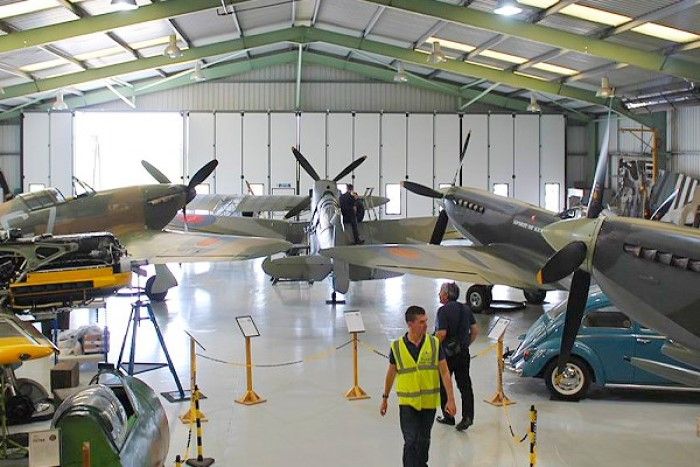Many jobs on airfields and airports are critical in ensuring planes, pilots and passengers navigate through them in a controlled and safe manner.
Over the next couple of months, FlyDays.co.uk will guide you through the various roles and areas of an airport or airfield which are critical in keeping them up and running, ensuring your own experience is as turbulent-free as possible.
Taking off first, we are going to take a trip to the brain of any airport or airfield: the Air Traffic Control Tower. It is one of the most significant and easily identifiable buildings you will notice when you arrive.
Due to their prominent position on an airfield, air traffic control towers offer a perfect opportunity for countries, airports and airfields to start expressing themselves. Sydney Airport's tower looks like a giant flower, with a slide that wraps around it, while Abu Dhabi's tower takes on the shape of a crescent, which in the fog can make it look like a giant moon coming over the horizon.
Normally the tallest building on site, constructed with a panoramic, glass-encased top floor to ensure those within it have complete visibility of the site, air traffic control towers are responsible for coordinating take-offs, landings, ground traffic and aircraft within their designated space, normally five miles. However, they will be in communication with inbound and outbound aircraft when they are within a 40-mile radius.
The tower is typically staffed by a team of air traffic controllers, who work together to ensure the safe and efficient operation of the airport. All the controllers have different roles and responsibilities, but you'll find that in smaller airfields, some workers will take on multiple responsibilities – offset by less aircraft traffic to manage. Roles can include the flight data controller, ground controller, local controller, departure controller and approach controller.
As a collective, their primary responsibility is to direct and guide aircraft as they take off and land. This involves communicating with pilots via radio, providing them with information about the weather, other traffic in the area, and any other pertinent information they feel the pilot needs to be made aware of. Controllers will use radars and other equipment to ensure that pilots are following the correct flight path and procedures.
As well as all the various equipment at their disposal, air traffic controllers will also have to maintain a constant mental picture of what is above and around them so that they can react appropriately and accurately to assess various situations and take action to resolve them.
In addition to directing aircraft, controllers in the tower are also responsible for coordinating with other airport personnel, such as maintenance workers, to ensure that the airport is running smoothly. This can involve coordinating the movement of aircraft on the ground, as well as looking after the use of gates, runways, and other facilities.
With all of this pressure in such a high-consequence environment, it is easy to see why being an air traffic controller in one of the busier airports can be seen as one of the most stressful jobs you can take on.



